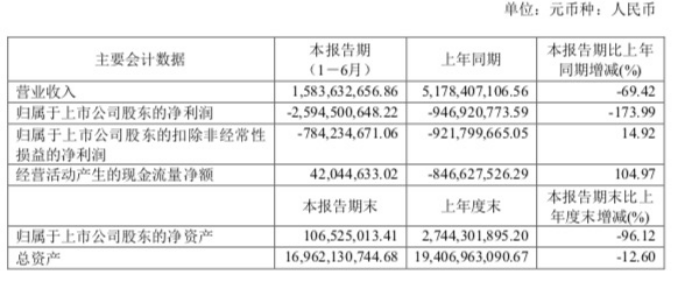因此,作为最后一步,让我们更新我们的 timeHandler 应用程序以使用 DefaultServeMux:
File: main.gopackage mainimport ( "log" "net/http" "time")func timeHandler(format string) http.Handler { fn := func(w http.ResponseWriter, r *http.Request) {tm := time.Now().Format(format)w.Write([]byte("The time is: " + tm)) } return http.HandlerFunc(fn)}func main() { // Note that we skip creating the ServeMux... var format string = time.RFC1123 th := timeHandler(format) // We use http.Handle instead of mux.Handle... http.Handle("/time", th) log.Println("Listening...") // And pass nil as the handler to ListenAndServe. http.ListenAndServe(":3000", nil)}如果你喜欢这篇博文,请不要忘记查看我的新书《用 Go 构建专 业的 Web 应用程序》[17] !
在推特上关注我 @ajmedwards[18] 。
此文章中的所有代码都可以在MIT Licence[19] 许可下免费使用 。
推荐阅读
- Java异常处理只有Try-Catch吗?
- MongoDB与MySQL:如何选择
- ESXi 7.6主机如何开启SNMP服务
- 当生产环境出现慢查询sql时,如何触发邮件告警并推送慢查询?
- 使用一行Python代码从图像读取文本
- 厕所地面太高地漏下不去水怎么办,厕所地面太高如何处理
- 3000万“单身汪”的情人“劫” 如何过得更精彩?
- 如何品饮俄罗斯红茶
- 瑜伽馆的装修如何设计
- 雾霾天如何保护健康 多喝水少开窗
















